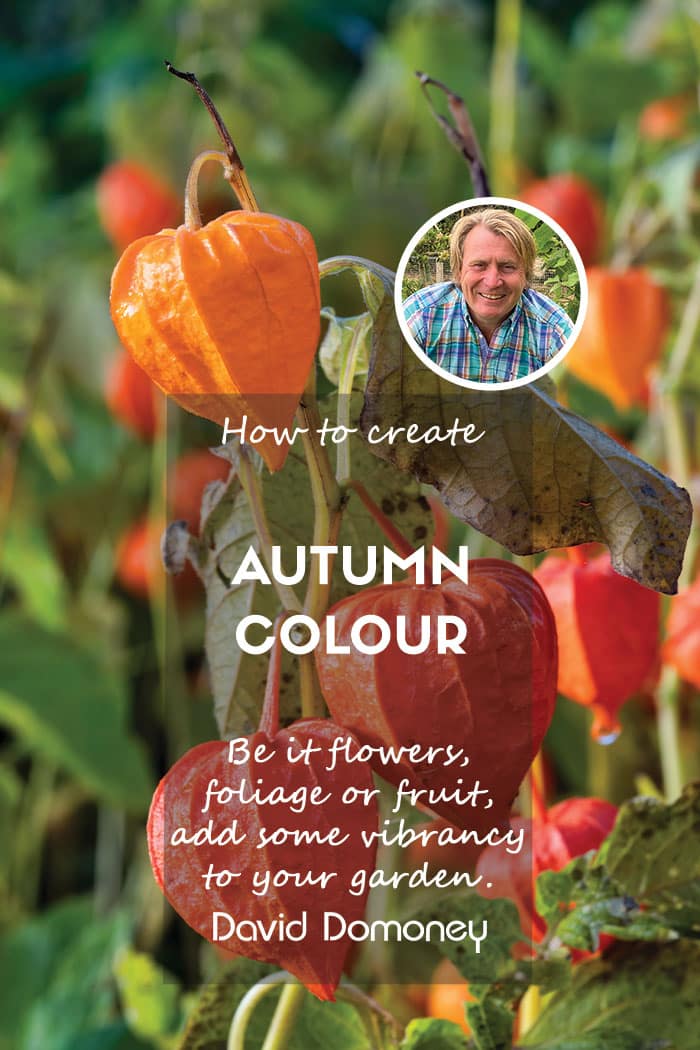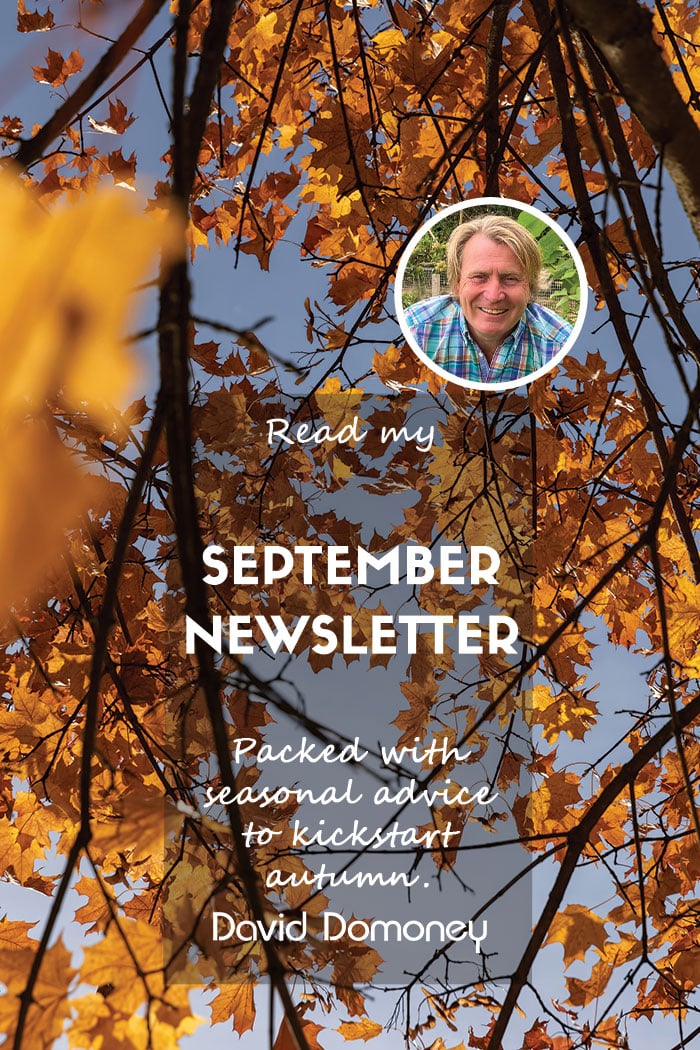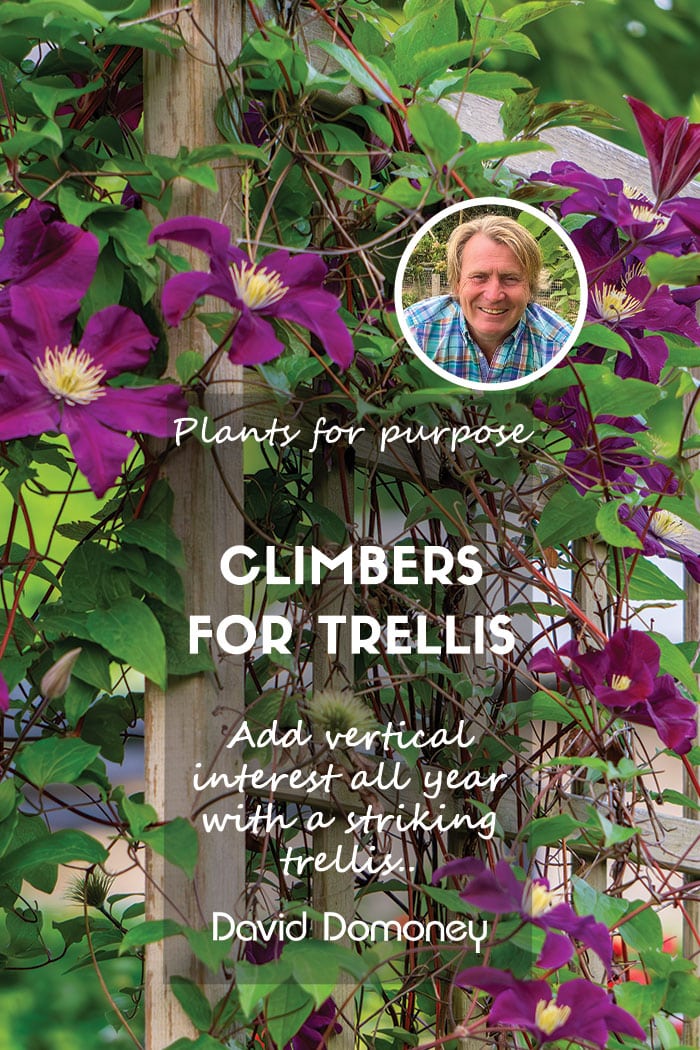David Domoney Glossary
There are currently 22 names in this directory beginning with the letter P.
Parasitic Plant
These are plants that derive some or all of their nutrients from other living plants. Many parasitic plants have unique roots, which will penetrate host plants, and which give them the ability to extract water and nutrients.
Patio
A patio is an outdoor space that is adjacent to a house, usually in a back garden. It is often used for recreational activities or dining and is associated with patio paving slabs.
Peat
Peat is a condensed mixture of partially decayed vegetation, such as moss, which has developed over thousands of years. It is popular with gardeners because it is high in nutrients and can hold water effectively. However, the extraction of peat has many negative environmental impacts.
Perennial
A perennial plant is any plant that lives for over two years. Perennial plants range from tender plants that will live for a few years, to large trees that can survive centuries.
Perpetual
Perpetual is a plant that will continue to flower or provide foliage through the growing season.
pH
pH is a measure of the acidity or alkalinity of substances such as soil and water. A soil with a pH of 7 is neutral, while a soil with a pH below 7 is acid, and above 7 is alkaline. The majority of plants prefer soil that is neutral (or close to neutral) but some groups of plants are known to prefer specifically acid or alkaline soil. Ericaceous plants, for example, need soil with a pH of below 6, and cannot tolerate the lime found in alkaline soils. On the other hand, brassicas are considered to be lime-loving and are well suited to alkaline soil. You can easily test the pH of your soil using a DIY testing kit found online or in garden centres.
Photosynthesis
Photosynthesis is a process used by plants which absorb light energy and use it to turn carbon dioxide and water into glucose and oxygen. These are then used to fuel the plant growth and other activities.
Pinching out
Pinching plants is a form of pruning that encourages fresh branching on a plant. It works by removing the main stem, which forces the plant to grow two new ones.
Plug
Plug plants are seedlings which have germinated and are grown in trays of small cells, making them easy to push out to be inserted or plugged into there new growing location.
Pollination
Pollination is the transfer of pollen from the male part of a plant, to the female part of the plant which results in the creation of seeds.
Pot on
Pot on or potting-on is the transfer of plants from one location or pot to another pot for more root space.
Pot ready
This is a young but well-established plant that is ready to be transferred to a pot, container or hanging basket.
Preform (pond)
A preform is usually a shaped plastic, watertight structure and can be inserted into a hole and filled with water to create a pond.
Pricking out
Pricking out is the process of moving germinated seedlings into a new larger tray. It is done after the first leaves appear and enables stronger root establishment.
Primocane Variety
Primocane varieties are fruit brambles which produce fruit in the first year, unlike floricane varieties, which produce fruit in the second year.
Propagation
This is a word used to describe the various methods of growing plants organically using parts from a previous plant, eg growing from seed or cuttings.




Leave A Comment